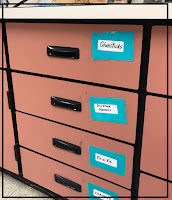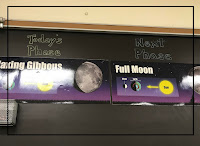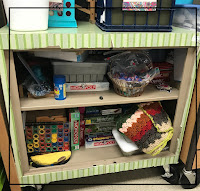One of my favorite methods is to talk briefly with a student and then offer three books: one that is very similar to their previously read books; one that is similar, but in a different genre; and one that is a stretch book for the student.
Sadly, I can't use this method in the upcoming school year. So I decided to create a Google Form to help me learn about my students!
This form includes three sections. Because it is a Google Form, you can always feel free to add your own questions! In a future post, I'll add some details about how to interpret results and how to match books to responses.
Genre Questions
I've noticed that the shift in state standards means that students aren't as familiar with the names of reading genres anymore. The questions in this section ask about the characteristics of genres instead of using the genre names themselves. Students may not say that they like reading biographies--but if they say that they enjoy books about real people and places, a biography might be a good choice for them!
Format Questions
Some students have very pronounced opinions about the style and format of the books they read. I included questions about graphic novels, picture books, and point of view in this section.
Reading Attitude Questions
How do kids feel about reading? These questions help me to gain some insight into which kids are going to need some more helpful nudges...and which kids just need me to get out of their way!





